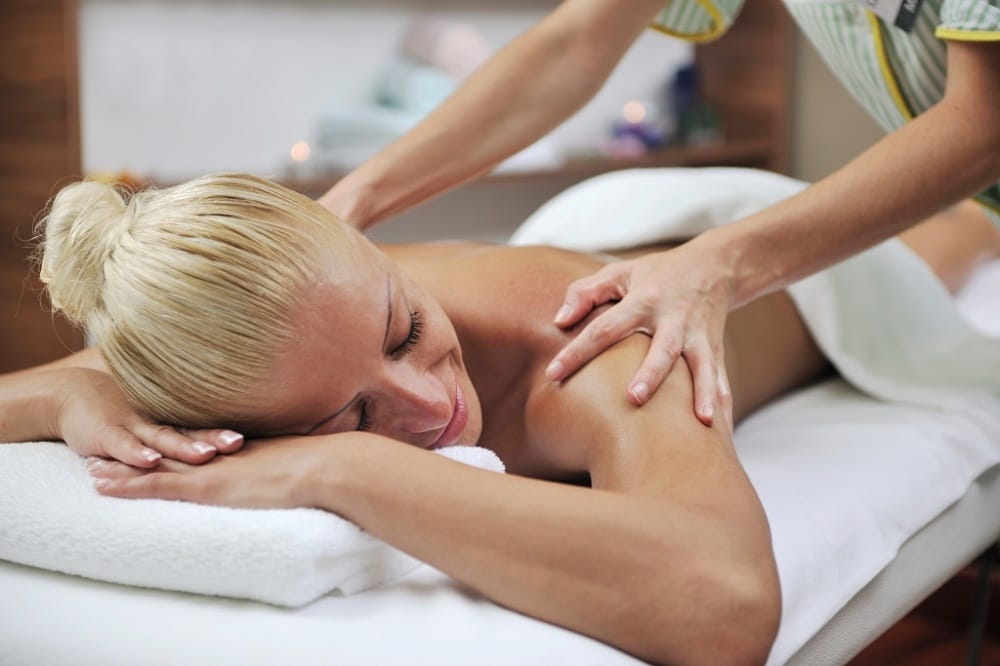Massages are usually associated with beauty spas and relaxation treatments but due to the growing athletic population, it’s no wonder that the sports massage industry is rising.
Many professional athletes have seen the benefits of a good sports massage but even weekend joggers should experience them now and then. Nowadays, anyone who participates in some kind of sport activity should incorporate a sports massage in their training regime whether they are injured or not.
Formerly developed to optimize the athletic performance, recovery, or training benefits, sports massages accentuate the preventing and healing of muscle injuries. Surprisingly, the main benefit lies within the ability to specifically aim at muscle-tendon junctions. Skillful therapists treat their patient’s individual needs and so enhance the physiological and psychological effects of treatments.
As many researches prove, sports massage benefits are indisputable regardless of the used massage technique. During intense physical activity, lactate accumulates in the muscle and causes muscle soreness the next day (delayed onset muscle soreness or DOMS) and thus decreases athletic performance. DOMS usually develops after 12-24 hours after physical activity and reaches its peak at 24-72 hours when the heightened sensitivity to pain is sensed the most. Massaging sore spots on the body can help with blood circulation and lymph flow, and therefore clearance of lactate from the affected muscle. In addition, through enhanced circulation nutrients are delivered faster to the damaged muscle cells which can accelerate the repairing process.
Furthermore, the main concerns of athletes and non-athletes are injuries which can cause setbacks in career and everyday life. Injuries are always best treated through prevention. Flexibility and range of motion can aid injury prevention and optimize muscle performance. Massage therapy has the potential to increase flexibility and rage of motion by influencing both muscles and connective tissues.
Another benefit of sports massage is the psychological effect. Many studies reported a reduction of anxiety, tension, stress, depression and an increase in mood and life quality following massage therapy. It is well known that one of the main aspects that contribute to success is the psychological one. Endorphins, neurotransmitters that naturally relieve stress and pain, are released in the brain during a massage; they are also responsible for the feeling described as “runner’s high”. Accordingly, different massage techniques not only increases positivity but also motivation and perception of pain which contributes to athletes or non-athletes endurance.
Sports massage therapy should be considered by people who have a specific problem that occurs while exercising. For instance, runner’s knee is a common condition among runners that is mostly not treated for various reasons. Ailments like this can lead to worse conditions which take their toll on athletic performance and lengthen the recovery time after exercise.
But even without injury, anyone who participates in any kind of regular physical activity should indulge in the benefits of a sports massage at least once a week after exercise. Since a sports massage differs from a regular massage, it’s best to see a professional therapist who can target some existing and potential injuries depending on the level and type of physical activity.

